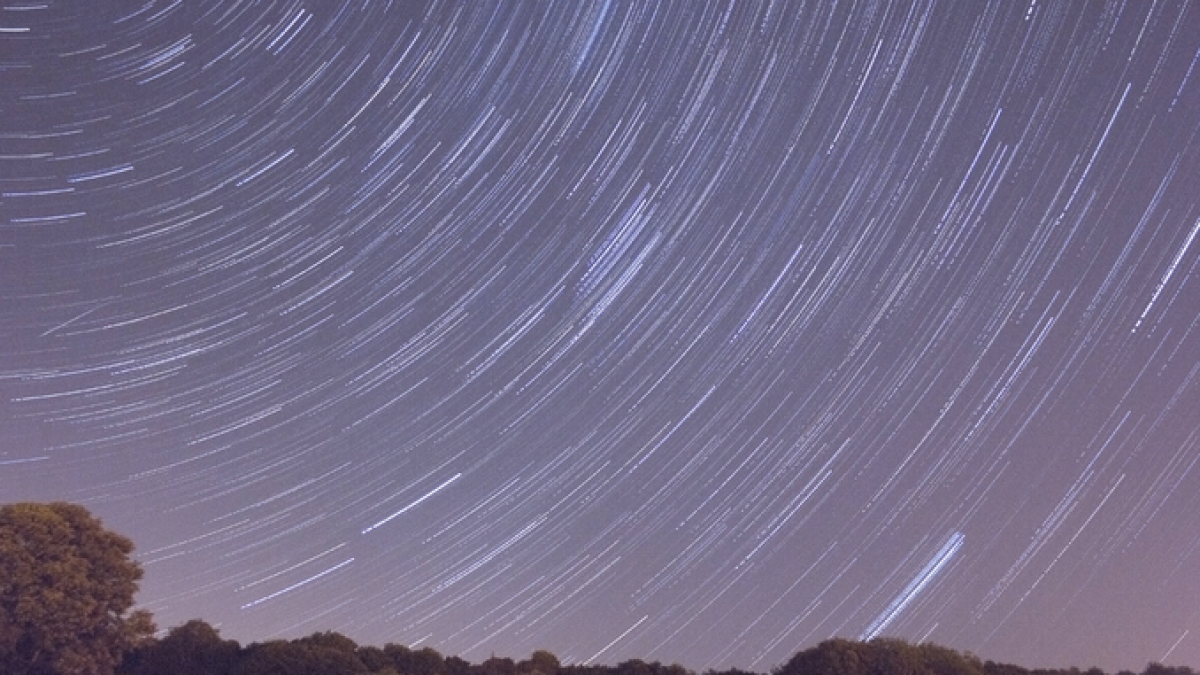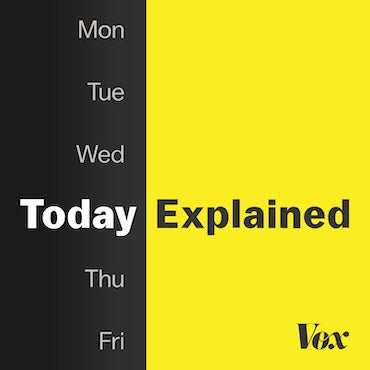Lyrid meteor shower peaks tomorrow night

A layered image of Perseid meteors on August 13, 2010. (Photo: Dominic Alves via Flickr)
It’s once again time for the peak of the Lyrid meteor shower.
The celestial show will dazzle night owl sky gazers, but unlike the prolific Perseids in August, patience is a prerequisite for viewing.
“The Lyrids are really unpredictable,” says Bill Cooke, the head of NASA’s Meteoroid Environment Office. “For the 2015 shower, I’m expecting 15 to 20 Lyrid meteors an hour. Peak rates should occur after 10:30 p.m. on April 22 your local time.”
The best time for viewing is a few hours before dawn, according to earthsky.org.
Skies might begin clearing tomorrow night after showers and thunderstorms, so while the peak may be difficult to see, your best bet is likely tonight and Thursday, featuring mostly clear skies.
Lyrid activity continues until April 25.
With records dating back to around 2,700 years, the Lyrid is among the oldest of known meteor showers, according to earthsky.org.
NASA’s viewing tips:
No special equipment is needed to watch a meteor shower. Simply find a dark, open sky away from artificial lights. Lie down comfortably on a blanket or lawn chair, and look straight up.
A camera, provided by scientists at NASA’s Marshall Space Flight Center, will offer a live feed of the Lyrids beginning at 10:00 p.m. CDT. The camera is light-activated, and will switch on at nightfall. During daytime hours, the webcast will show recorded views of past meteor showers. Watch it here.
WHYY is your source for fact-based, in-depth journalism and information. As a nonprofit organization, we rely on financial support from readers like you. Please give today.

